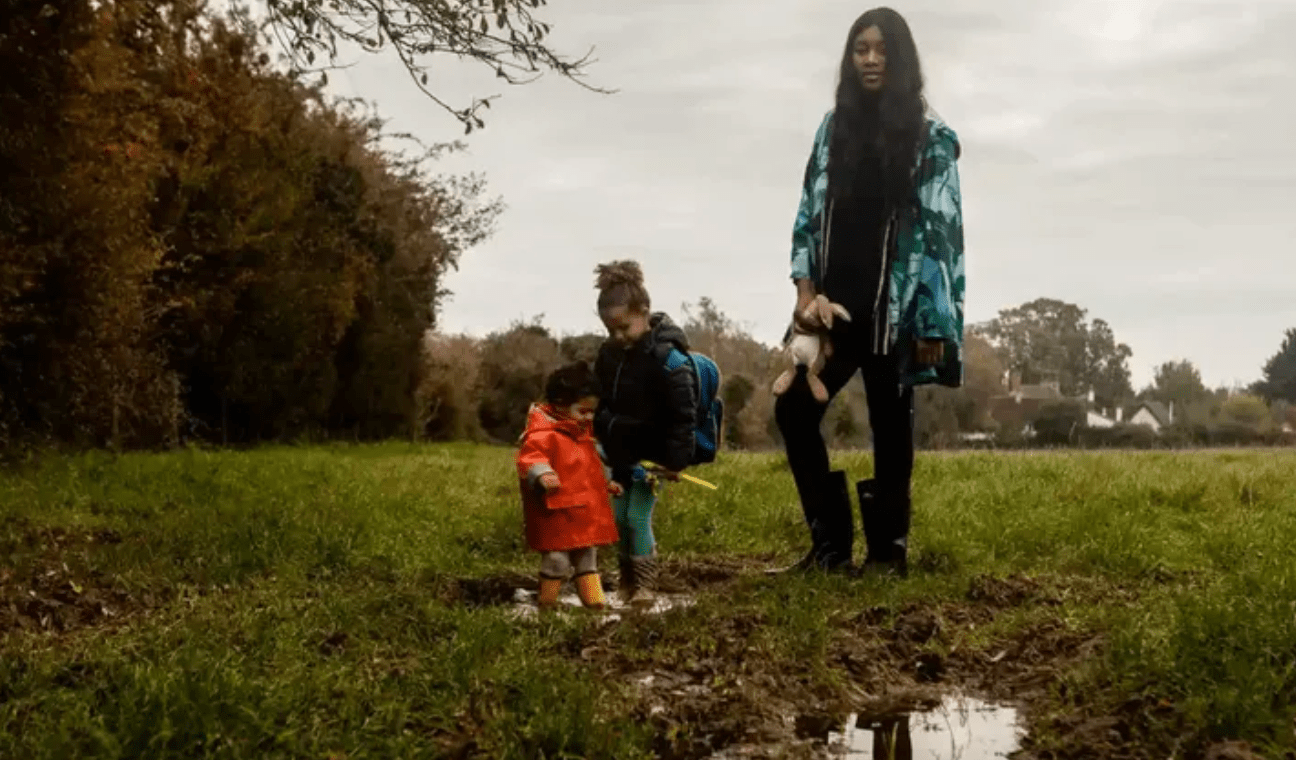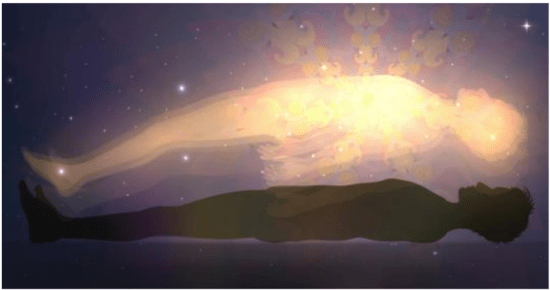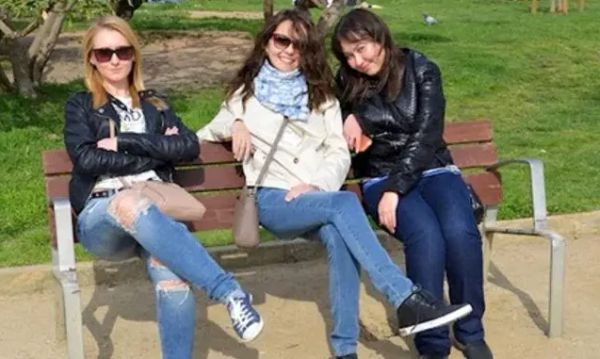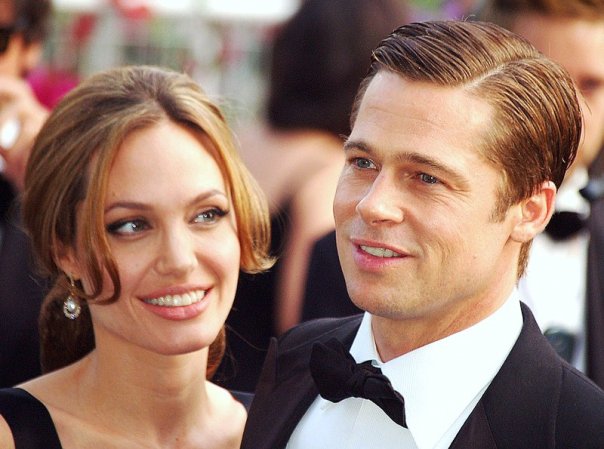“I knew the piece of art would draw attention, but I never expected it to incite such a fierce firestorm among right-wing trolls and racists,” the artist said.
After I left the music industry six years ago, it was wonderful to have my husband’s consistent salary, but I never imagined that I would settle into the conventional position of housewife, which I first considered to be stifling. I felt like I was losing my identity caring for two small children, running them to and from school every day, and nursing them all the time.
The artist formerly known as VV Brown passed away.
Eventually, I started to get back in touch with my musical background. I would use Alexa’s endless collection of neo-soul music whenever I was in the kitchen cooking some kind of broccoli muffin for my family. These songs, by artists like Erykah Badu, J Dilla, Common, Kim Burrell, and Thug Village, instantly transported me back to when I was 15 years old and would spend hours listening to these tapes on my Walkman.
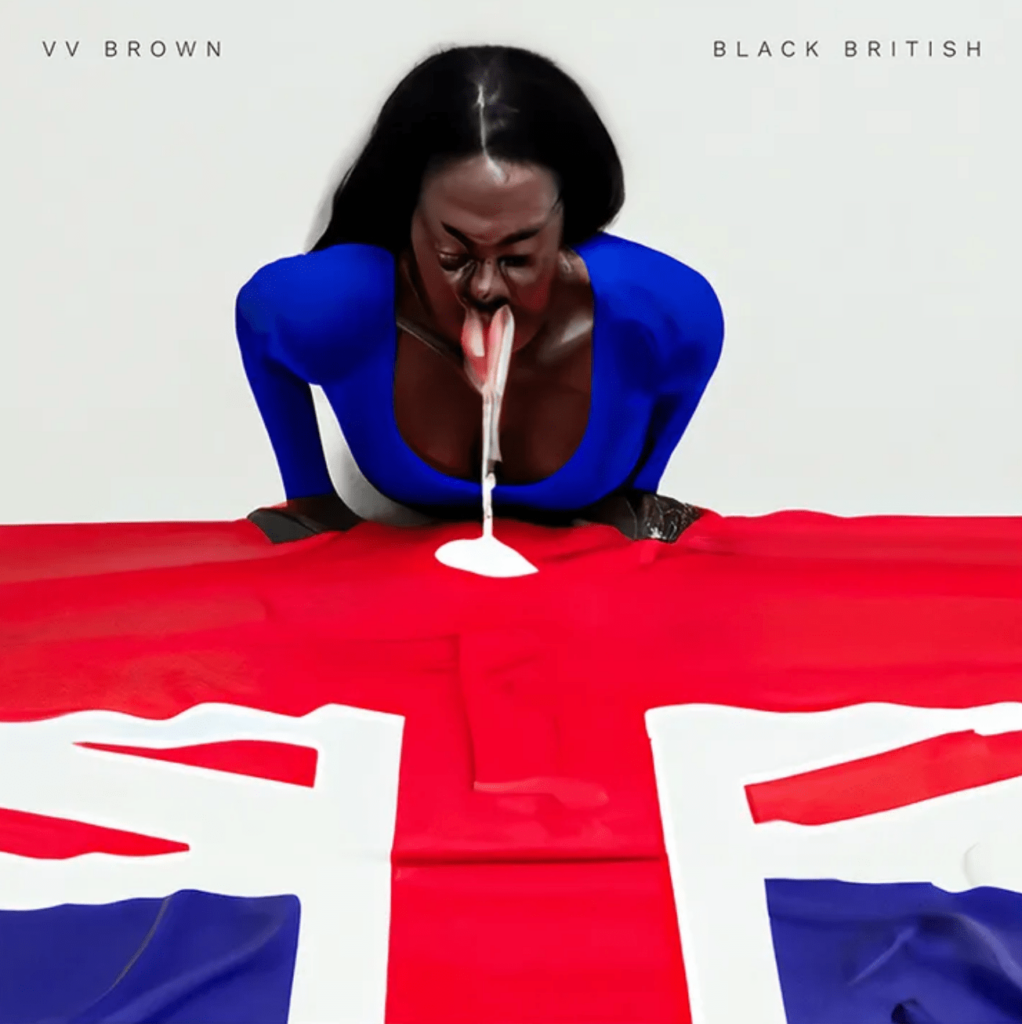
I suddenly realized why music had grown to be such a big part of who I was in the first place: it enabled me to access and explore a wide range of aspects of who I was.
After being too busy for the previous two years to make music, I slowly started to do it again by alternating between using my laptop to produce original music and noodling melodies over sounds from a music library. Making a new record was not really the plan. I was emotionally unstable at the moment because postpartum depression had seized over. The old shackles of my life—business, vanity, and financial success—had nothing to do with music. The main goal here was to live.
During this time, a mutual buddy connected me to J Sensible, a fantastic producer. We bonded through our passion of neo-soul and classic hip-hop, and the rest is history. It seemed very surreal for two strangers to be asked out of the blue about our favorite hip-hop album of all time and then to simultaneously quote the same title. Despite the distance between us—I was now living in a little, distant town outside of Milton Keynes, and he was a resident of Australia—it seemed as if we were in the same room.
Sensible J gave me 40 music the next day, which I started listening to right away. As I waited for my daughter at the school gates, I played them loudly in my vehicle. With their middle-class hiking jackets and middle-class grins, those ideal parents made me feel very self-conscious as they observed my frantic dancing as they passed.
I kept listening all day the next day, and something started to move inside of me. All I could think of was my grandparents’ old Jamaican blues gatherings, when their nieces and nephews would run amok unsupervised. In the hallways, I could smell fried fish and curry goat, and I could see dominoes, black berets, and the church choir on Sunday.
At this point, I began writing music again as the melody and lyrics for “Black British,” the first single from my new album of the same name, spilled out of me onto the dining room table.
As usual, I left with disheveled hair and stained crocs, but I felt alive in a way I hadn’t felt in a while. I glanced at my watch and realized I would be late picking up my daughter Effie from school. My body was vibrating with a profound sensation of joy.
As a creative person, a wife, and a mother, I started to see the road ahead. I opened my laptop, prepared to once again envelop myself in music, despite never having to deal with this particular mix. Time seemed to fly by, and I had a tremendous sensation of rediscovery, as if I were accessing a previously untapped aspect of my personality.
Within an hour, “Black British” was written and vocalized, but to be quite honest, I had no idea what to do with it.
I had to leave the music industry’s competitiveness to find tranquility in the country since I suffer from ADHD and anxiety. After stepping back from my job, I was able to find some kind of peace and was thankful for the affection of my family, but I soon realized that something was missing: the power of music.
When I was doing the artwork for the “Black British” single, I could sense my inner rebel screaming like a ferocious lion inside me. This spark inevitably sparked the horrifying understanding that I had once again been lured into perilous depths because I was aware that the art I was producing was unique—more direct and confronting than anything I had ever produced before.
Although it was a new age and I was not the same artist I had been the previous time I released music, there were sentiments of the past rising within of me as we pushed “Black British” into the world. I understood that I was free to speak my truth without holding back or being afraid.
The “Black British” artwork quickly gained controversy: It received thousands of racist comments in addition to receiving millions of views on Twitter. This simply served to reinforce my initial hesitation to express myself completely before that point. But using my newly acquired fortitude, I finally realized that my dread had been created by concealing all along. I felt empowered and prepared to fearlessly breathe my fire—my truth—across the planet as a result.
I had no idea that the picture would capture the stark socioeconomic divides in our nation so well. The internet is amazing in presenting facts in a manner that is both attractive and educational. I was aware that it would attract notice, but I had no idea that it would provoke a furious uproar among right-wing trolls and bigots. This one photograph, which I shared on my little Twitter account, sparked a lot of prejudice.
The first response I got was that I, as a Black woman, had such contempt for Britain that I wanted to puke all over it. And while there have been times when I have not understood this country—like when my father was stopped and searched by police or when two Black men were blamed for the World Cup’s loss and subjected to racist abuse by a large portion of my fellow citizens—I can also see many positive aspects of it, like our sense of humor and positive charm, not to mention the fish and chips.
In order to clarify the meaning of the “Black British” artwork for the millions of individuals who have been curious:
Being Black British is an interesting emotional roller coaster, thus I wanted to visually represent this disruption, conflict, and feeling.
A sea of red, blue, and white surrounds the Black lady in the painting as she dives into the turbulent ocean of her political reality. Her mind is racing with fear. A huge unknown space that contains unfathomable secrets and terrors weighs heavily on her thoughts.
In the end, it comes down to my aversion to the Union Jack. I’m attempting to absorb the culture, to take it all in like a buffet of information, including the history, culture, nutrition, and tastes. It is an effort to completely respect and comprehend my nation from all angles.
But I can’t, no matter how intriguing it seems. I can’t swallow what it gives people like me, so I retch. Despite my desire to fit in and be noticed by the fundamentals of British society, I am forced to vomit more out of need than by choice.
Many folks find it difficult to fully understand the anguish this country causes us Black people. We always walk a thin line between respect and disdain. We must endure through a plague of exclusion, bigotry, self-hatred, and servitude, and if we do, I think our strength will come from our anguish. But the cost is significant.
This flag serves as a symbol for a social conundrum that has many unanswered questions. So many people’s blood has been used to pave our roadways. As the shouts for justice of our ancestors fade, there is an odorless smoke burning atop a mountain made of innumerable corpses, all colonization victims still held captive in some sort of slavery.
I’m a Black woman who lives in the UK, and despite the fact that I was born here, I’ve never felt like I completely belong.
I had little interest in the recent coronation of King Charles. That evening, while I sobbed, my husband comforted me. I found it difficult to determine what my future should be as Britain’s future was outlined for us. I felt as if I had to decide whether to give in to the comfort and security of domesticity or pursue a greater purpose—to be a contributing member of society who created important art and music that challenged the audience but may also include discomfort or even danger.
Eventually, my ideas led me to my own songs, which contain the whole of my existence as a Black Briton. Although it is a dangerous voyage, it is not without elegance, discovery, or significance. I’m “navigating through the beautiful and terrifying,” as I sing on “Black British,” and I’ve determined it’s worthwhile to pursue both.
I want to bake broccoli muffins, go on family walks in the countryside, and develop art that provokes thought. I believe I may have finally discovered my genuine self after all: to be Black, to be British, to be myself. It may not be simple; there may be more debate and battle ahead.
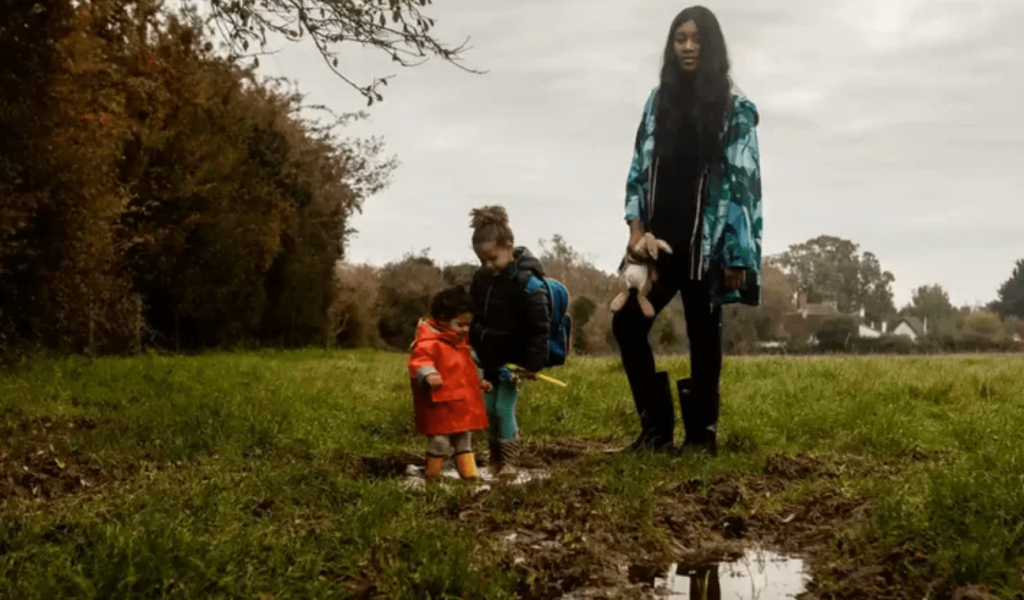
After taking a six-year hiatus from the music industry, VV Brown is back with “Black British,” an album that showcases the time she spent figuring out precisely who she is as a storyteller while avoiding the pitfalls of an often cruel business. In this sociological record, which examines racial pressures, identity problems, and the victorious delights of multi-platinum talent, Brown is at her strongest—a long cry from the time when she almost threw it all up. Visit her official website, Twitter, Instagram, and YouTube for additional details.
This article is a portion of a more in-depth investigation of VV Brown’s current life path, the creation of her next album “Black British,” the significance of her songs and artwork, and more. In October, it will be made available along with her new album.
